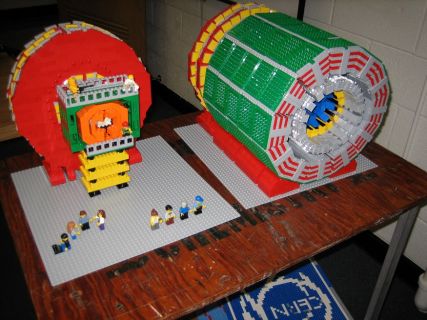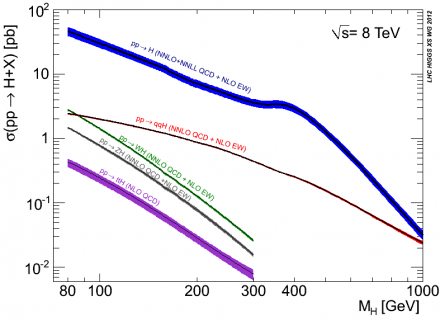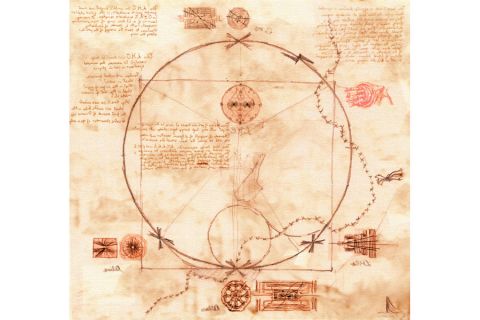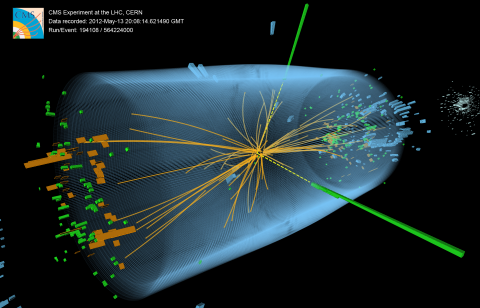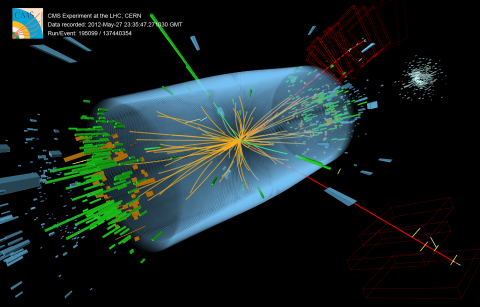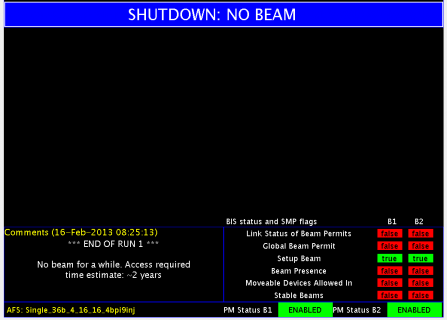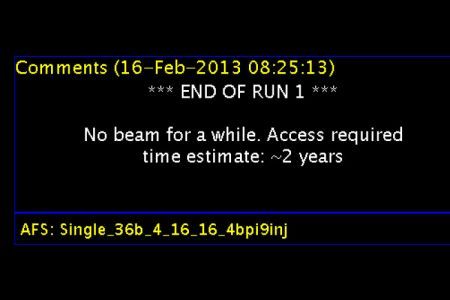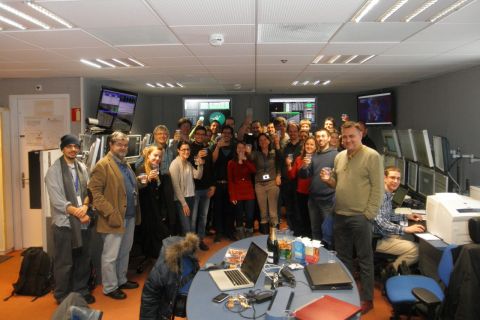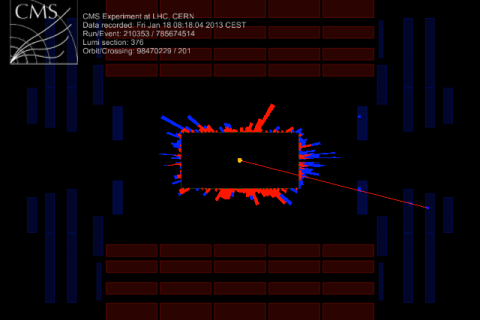CMS made with LEGO®
The members of the CMS group at the University of Maryland were impressed when they learned of Sascha Mehlhase’s LEGO model of the ATLAS detector. They were also jealous, and so a group led by Jeff Temple, Marguerite Tonjes, and Jaime Gomez decided to build a matching LEGO model of CMS.
- Read more about CMS made with LEGO®
- Log in to post comments

